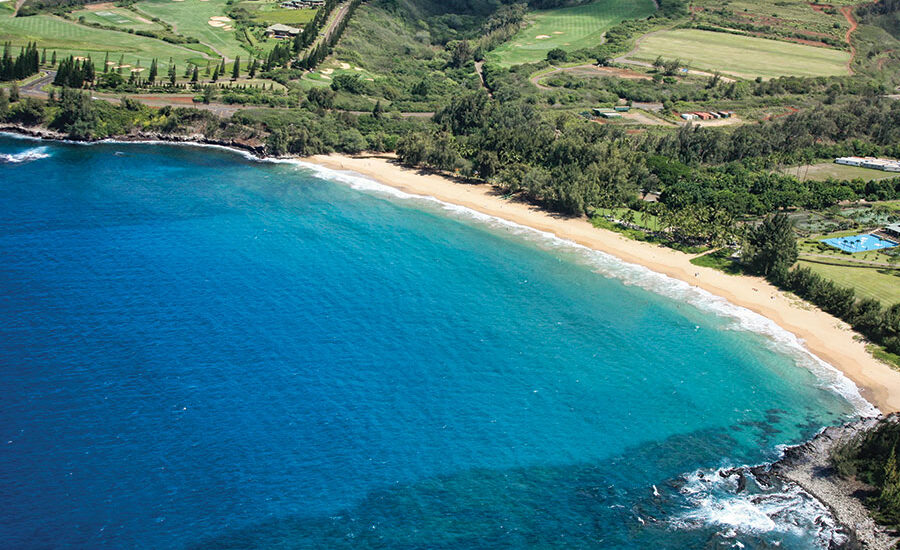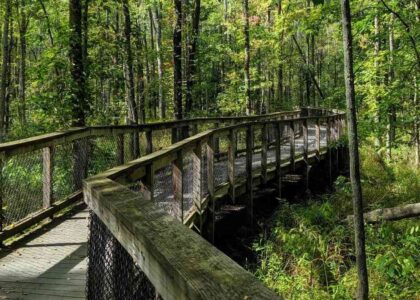Welcome to Honokahua, a site of profound historical and cultural significance on the beautiful island of Maui. Honokahua is best known today as a sacred burial site, a ‘wahi pana,’ where the ancestors of native Hawaiians rest in peace. This area along Maui’s coast was once home to a vibrant Hawaiian community, a place where life and death were intertwined with the land and sea.
The history of Honokahua took a significant turn in the late 1980s, when a construction project for the Ritz-Carlton hotel unearthed nearly 900 sets of remains from an ancient Hawaiian burial site. The remains, dating from AD 610 to 1800, were an unexpected discovery that halted construction and led to a reevaluation of how such sites were treated. The uproar from the Hawaiian community and their allies led to the relocation of the hotel and the preservation of the burial site, which now stands as a monument to the ancestors and a reminder of the importance of respecting cultural heritage.
Honokahua is not merely a historical site; it is a living testament to the resilience and cultural memory of the Hawaiian people. The burial site has been central to the movement for the repatriation and reburial of iwi kūpuna (ancestral Hawaiian skeletal remains) and has influenced the development of laws protecting cultural and historical sites in Hawaii.
While visitors cannot enter the sacred grounds, they can reflect from a respectful distance and appreciate the rich history that Honokahua represents. The site is surrounded by lush tropical landscapes and the soothing sounds of the ocean, offering a serene setting to contemplate the deep ties between the land, the people, and their ancestors.




